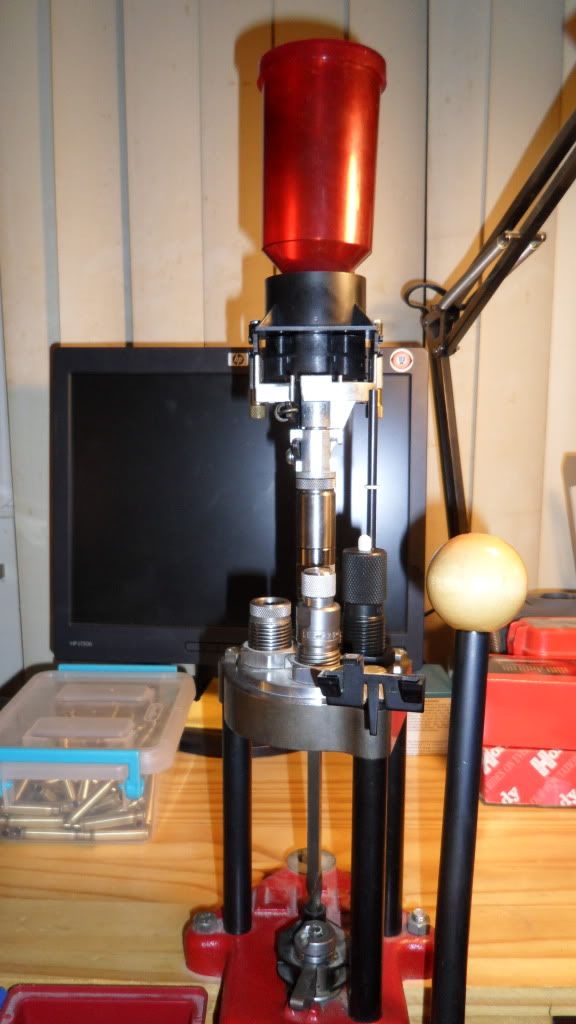BuckeyeWally
Inactive
Hey everyone,
I've been reloading pistol rounds for 4-5 years and have that end of the universe down well. I am now undertaking reloading .223. I have learned a lot on this forum. I have learned that a lot of people have a lot of differing techniques. I am a bit nervous on the case prep. I have the Lee Classic Turret and love it. My dies are carbide and the auto powder loader has been working very nicely for handgun - checking throughout a loading session with the RCBS 10-10 scale. I just purchased the RCBS Prep Station for my new load adventure. I have CCI small rifle primers, a tin of Reading Reloading sizing wax, an 8lb container of Varget that I snatched up in a local store about a year ago and 500 VMax 55 gr.
Now I have to figure out what I do with all this stuff. Can anyone give me a "step 1, step 2..." so I can have the sames success with my AR rounds that I've found with my handgun rounds (9mm, 38/357, 45)? I just need advice as it's obviously a more involved process regarding the case. I'll be loading both new and once-fired rounds and I have a Franklin scrubber to clean the brass.
Any input would be most appreciated.
Play Safe Gang,
Mike
I've been reloading pistol rounds for 4-5 years and have that end of the universe down well. I am now undertaking reloading .223. I have learned a lot on this forum. I have learned that a lot of people have a lot of differing techniques. I am a bit nervous on the case prep. I have the Lee Classic Turret and love it. My dies are carbide and the auto powder loader has been working very nicely for handgun - checking throughout a loading session with the RCBS 10-10 scale. I just purchased the RCBS Prep Station for my new load adventure. I have CCI small rifle primers, a tin of Reading Reloading sizing wax, an 8lb container of Varget that I snatched up in a local store about a year ago and 500 VMax 55 gr.
Now I have to figure out what I do with all this stuff. Can anyone give me a "step 1, step 2..." so I can have the sames success with my AR rounds that I've found with my handgun rounds (9mm, 38/357, 45)? I just need advice as it's obviously a more involved process regarding the case. I'll be loading both new and once-fired rounds and I have a Franklin scrubber to clean the brass.
Any input would be most appreciated.
Play Safe Gang,
Mike

